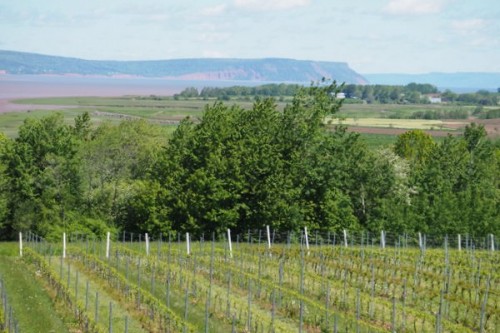
For the last four days I have been in Nova Scotia, Canada. My primary reason for visiting was to take part in the Atlantic Wine Symposium, but I also had a couple of days to tour around wine country here. This supplemented a visit last September. Vines were first planted here in the early 1980s, and it’s still a very new region, finding its feet and identifying its talents.
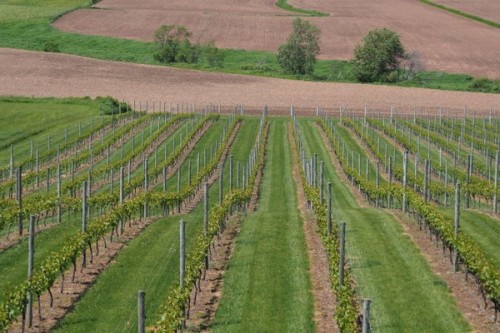
These are the sort of wine regions that really interest me: ones that are still developing, where everything seems new, and there’s lots of unrealized potential. Nova Scotia is a properly cool climate region where the challenge is to get the grapes ripe before the first frosts come in November. There’s plenty of acidity in Nova Scotian wines, but there are also some nicely developed flavours and modest alcohol levels.
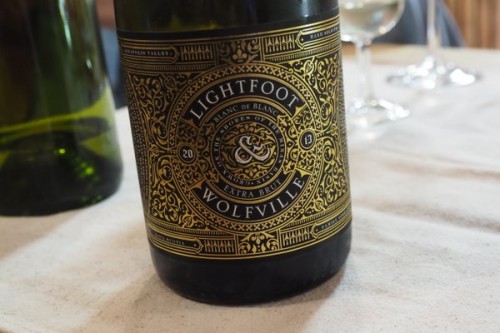 There are now 20 wineries in the region, most of which are found in the Annapolis and Gaspereau Valleys, in a sheltered position in the bay of Fundy. This has the highest tides in the world, and acts as a lung, bringing in air as the tide rises and falls each day. Some 700 acres (280 hectares) are under vine here, and this is growing.
There are now 20 wineries in the region, most of which are found in the Annapolis and Gaspereau Valleys, in a sheltered position in the bay of Fundy. This has the highest tides in the world, and acts as a lung, bringing in air as the tide rises and falls each day. Some 700 acres (280 hectares) are under vine here, and this is growing.
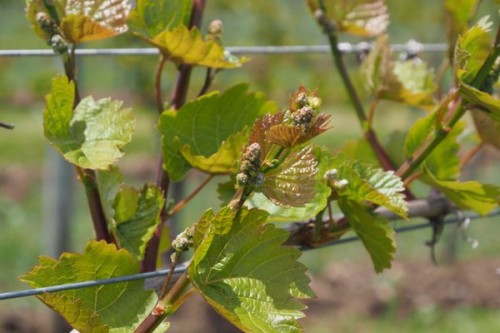
The majority of the vineyards in Nova Scotia are planted with hybrids, and the most prevalent is L’Acadie Blanc, which was developed here, and is well suited to the climate. Others include Seyval Blanc, Vidal Blanc, New York Muscat, Geisenheim 318, Baco Noir, Maréchal Foch, Luci Kuhlmann, Leon Millot, Marquette and Castel. These hybrids yield well and ripen before the season runs out of steam.
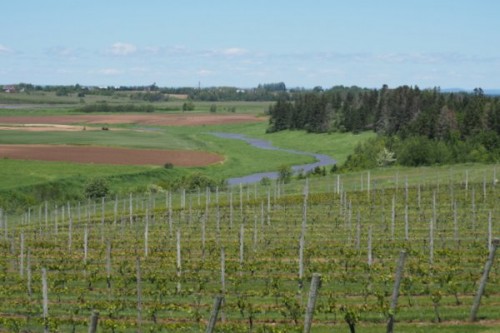
Increasingly, vinifera varieties are being planted, and the two leading the way are Chardonnay and Pinot Noir, usually with sparkling in mind. To ripen these, you have to have a good site and get your viticulture right.
So what is good here? What does the world need to know about?
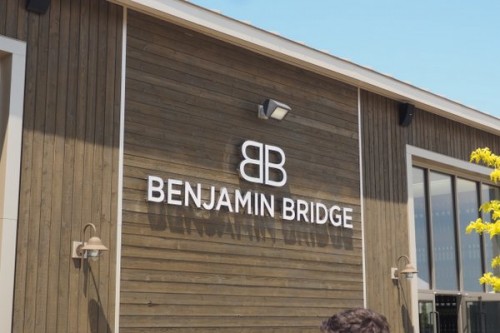
The main story is sparkling wine. Conditions are ideal to make top quality base wines. Incidentally, the hybrids actually make surprisingly good sparkling wine, either alone, or in blends with vinifera, but the main focus going forwards will be Chardonnay, Pinot Noir and Pinot Meunier for the serious players. The leader of the field in Nova Scotia is Benjamin Bridge, whose vinifera-based wines have gained international attention. Their business model is very clever: they make the hugely successful, fun Nova 7, using hybrids to best effect, and then focus their energies on no-compromise, world-class traditional method wines. Other wineries who make very high quality sparkling include Lightfoot & Wolfville (a new producer: keep an eye out for these guys because they are making some serious wines), Blomidon and Avondale Sky (some wines).
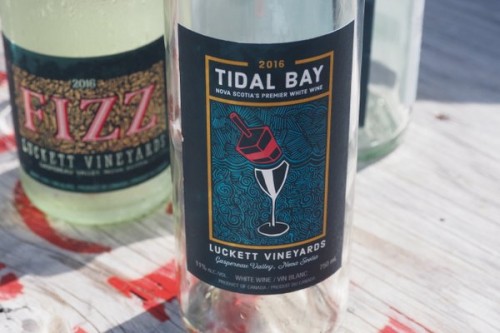
Then we have light, aromatic, bright whites, usually made from hybrids. The big story here is Tidal Bay, which is an appellation that was launched in 2012 for this characteristic style of wine. There are 12 producers who make a Tidal Bay every year, and they are very attractive, consistent wines with clean, fresh fruity flavours, keen acidity, and a bit of sweetness to round things off. Tidal Bay is very successful, but it’s not internationally relevant. The wines are perfect for local consumption, and might find a market elsewhere in Canada, but they’d just be too expensive for what they are if they were to be exported. As well as the previously mentioned vineyards, Luckett make some very good bright, fresh whites and a very nice Tidal Bay, as do Gaspereau, Planters Ridge and Domaine du Grand Pré.
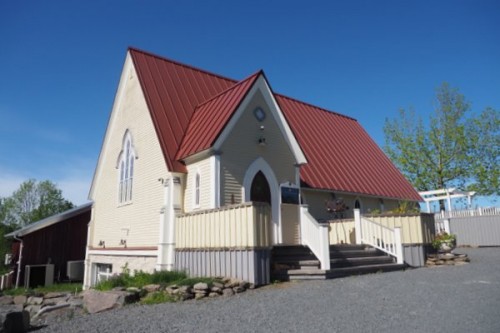
Many wineries are quite successful making appealing, commercial, fruity wines from hybrids, and because they sell most of their production through cellar door, it works for them. But I hope that are few become more ambitious than this, because the marginal climate here is ideal for making very high quality sparkling wine, and there aren’t many places in the world where this is possible. I’ll be writing up my notes from producer visits separately.
1 Comment on In Nova Scotia, Canada
Baco Noir and Marechal Foch should be good in NS, depending on how the winemakers handle the grapes and vinification.